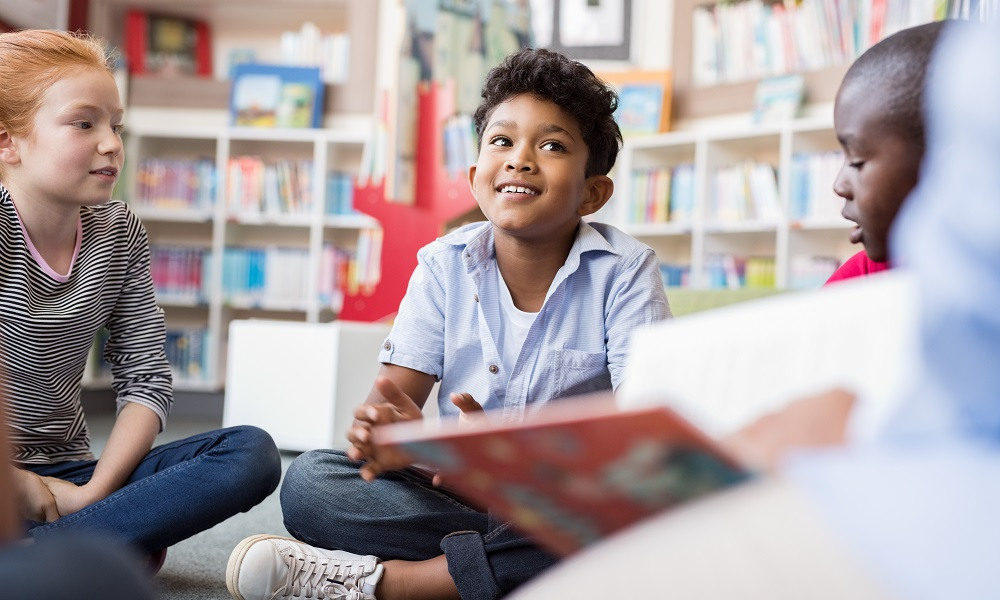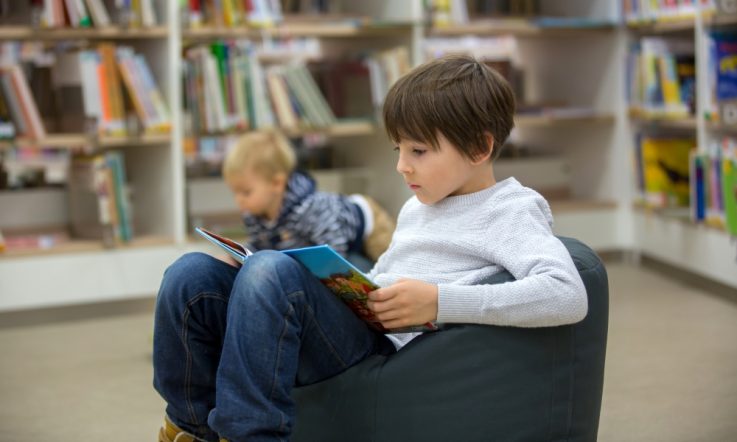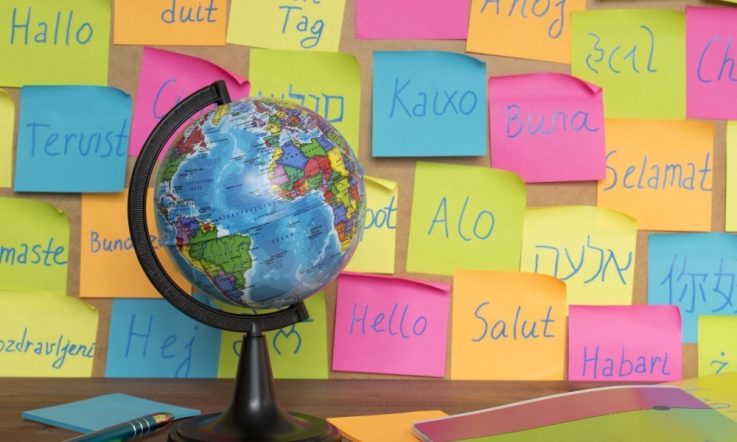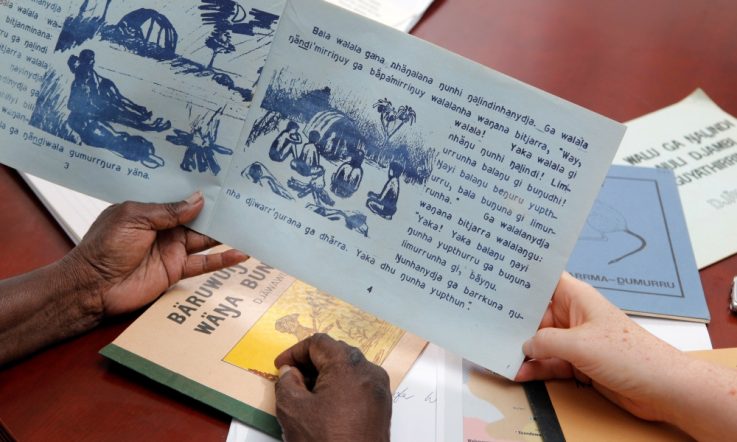Teachers looking for culturally diverse Australian children's books can search a new, free database.Volunteers at the National Centre for Australian Children's Literature (NCACL) examined the centre's comprehensive collection of over 45 000 books and compiled an annotated database of 340 titles for young people – from birth to late secondary – that showcase Australia's cultural diversity. Teacher spoke with Dr Belle Alderman, Emeritus Professor of Children's Literature at the NCACL, about the new resource.
What is the NCACL's Cultural Diversity Database?
The NCACL's Cultural Diversity Database arose from worldwide interest in presenting cultural diversity in books for young people. The #WeNeedDiverseBooks movement began on social media five years ago, out of concern that there are not enough books for young people representing cultural diversity.
The Australian Human Rights Commission recognises Australia as a country of many different cultures. One in four Australians was born overseas. Nearly 20 per cent of Australians speak a language other than English at home.
Those of us involved with children's books noticed the wealth of Australian books for young people reflecting that cultural diversity. We wanted to bring these books to the attention of those working with children and books and decided to create a database. Also, during 2019, the NCACL will research content for a separate database which identifies books by and about Aboriginal and Torres Strait Islander People that are written for young people.
Who is it for?
We envision teachers, teacher librarians, public librarians, child care providers, parents, caregivers, home schooling parents, writers, illustrators, booksellers and publishers will find it of interest. Young people, too, might use this resource for reading pleasure and school assignments.
We decided to link each book to the Australian Curriculum and the Early Years Learning Framework to make the database uniquely valuable to those in education professions. Teachers can search the database by curriculum code.
How long did it take to compile?
The project took 18 months to complete. We pored over numerous bibliographies and databases. We located, read and annotated books. We discussed them, shared ideas, annotations and concepts.
Who compiled it?
The database was compiled by 10 regular centre volunteers, who represent many fields of expertise, including teachers at primary and secondary schools, academics knowledgeable about Australian children's literature, academics educating those for the teaching profession or teaching creative writing for young people. Our backgrounds also include librarianship in school, public and state libraries.
How was it funded?
The centre funded the database.
Are there still plans to update the database every six months?
Yes. Volunteers regularly annotate new books and discover elderly books for the update.
What is the criteria for inclusion on the database?
The centre sought books featuring diverse cultures where people within and outside the culture interact. These interactions provide readers with valuable insights.
Often these books feature political issues, ideological perspectives, historical and religious movements over time, and in various countries. These enable the characters within books and readers to ‘walk in another's shoes'.
The content varies widely. Some books reveal people's experiences leaving one country and culture and settling into another. Frequently the historical reasons for leaving one homeland for a new one feature, adding depth and understanding of cultures around the world. Some of these books present stories of refugees and detention centres where characters fled an intolerable life in their homeland.
Many stories reveal vastly different beliefs as well as commonalities between cultures. Included are books where cultures interact during local conflicts or participate in battles around the world. Characters may display respect and tolerance for differences and demonstrate their understanding through empathy and compassion. Equally characters may show disrespect and intolerance. The reader experiences through these books how cultures come to understand similarities and differences. Many of these books reveal characters' cultural diversity in the illustrations.
Can teachers, librarians and others suggest additions?
Yes, we welcome suggestions. We have already noted a number of these for our update.
What are the strengths of this database?
A relational database is extremely powerful in retrieving not just a single piece of information but related information that when combined provides additional insights into individual books and groups of books.
A search can be simple or complex. The searchable fields are: author, illustrator, title, series, publisher, date, key concepts, Australian National Curriculum code, Early Years Learning Framework code, and annotations.
The annotations for each of the 340 books can be searched. It is possible to retrieve a time period, setting and a character's age where these are noted. These annotations, around 100 words each, also convey how the story is told. For example, annotations note the use of photographs, postcards, relics, artefacts, historical records, interviews, diaries, artistic styles, posters, diagrams, maps, letters and glossaries as well as standard genres.
Why identify key concepts?
We identified key concepts to enable a collection of similar books to be found. These include, but are not limited to: racism, friendship, kindness, empathy, tolerance, war, peace, respect, resilience, celebrations, cultural traditions, loss, language, migration, refugees and asylum seekers. Young people say, ‘We want to read books about ourselves'. The NCACL Cultural Diversity Database provides that opportunity.
As a teacher, how often do you expose your students to books that feature diverse cultures where people within and outside the culture interact? How do these interactions provide students with valuable insights?
To view the National Centre for Australian Children’s Literature database, visit the website.



